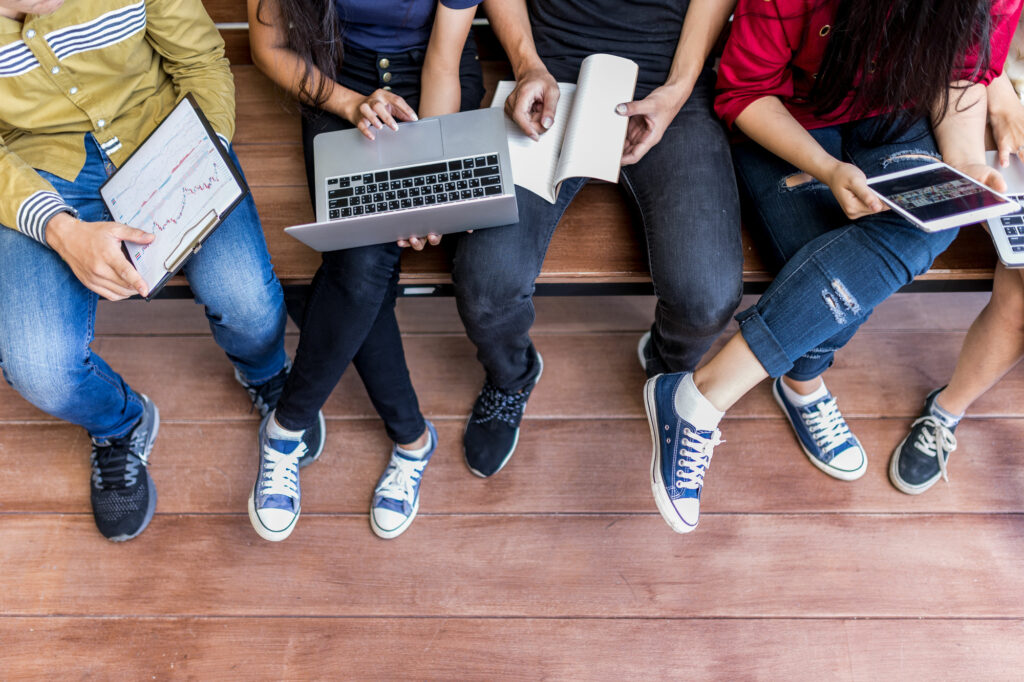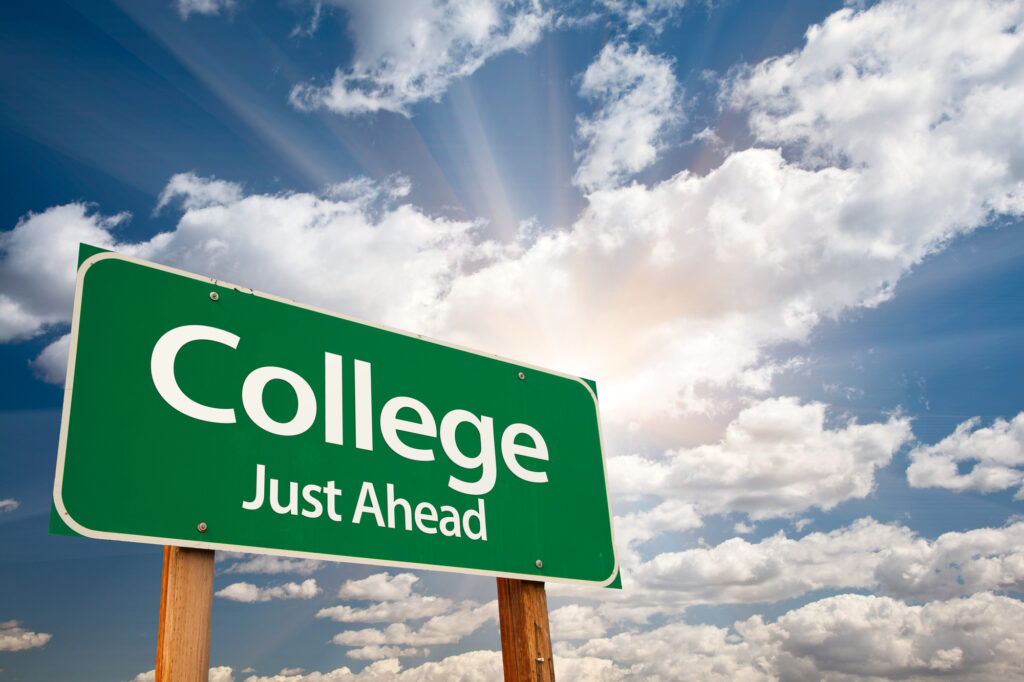
The world has been changing rapidly because of digital technology. From the way people shop to they watch their favorite shows, no part of modern society is left untouched. These things had to adapt to changing demands caused by an unprecedented need for speed and accessibility.
It’s no surprise that education has followed suit.
Personalizing the higher education experience is now possible, providing students more options for studying and training in their chosen paths. Advancements in learning materials and the new avenues revealed by the recent global crisis have paved the way for this.
Even learning institutions are riding the wave of innovation. Colleges and universities rely on the conversion of interactive maps from 2D to 3D to provide applicants with a more immersive and realistic experience of their future campuses. These shifts are just the beginning of the evolution of school application experiences.
What about the actual learning experience?
This post will explore the various ways higher education institutions can create a more meaningful and personalized learning experience for students. Here’s what you need to know.
Tailored Learning Pathways
Traditional higher education falls far too often into the one-size-fits-all approach. But it’s been proven that if students could plan their individual learning and career pathways, they would have clearer objectives and be more likely to be more engaged and motivated throughout the learning process. This reduces the probability of students dropping out because of disengagement.
One way of doing this is through personalized course enrollment. It’s where a student creates a profile on a special academic platform, through which they get recommendations based on their past activities, achievements, and preferences. It’s much like how movie streaming sites work. The algorithm helps the system understand what you like, and the next thing you know, you’re receiving great suggestions for which programs to take.
Another way is through personalized course diagnostics. This technology monitors students’ academic performance, signaling them to take action when they fall behind specific metrics.
The software scrapes data from grade books, activity logs, and other sources to better assess the student’s academic status. If they’re at risk, the system will recommend the student turns to resources such as faculty members and mentors who can help them improve.
Personalized Mentorships
Pairing students with mentors whom they share common aspirations with can help them gain more valuable insights, guidance, and advice. This can be done through one-on-one, group, and even peer mentorship.
Such programs also help students develop critical soft skills such as communication, teamwork, and leadership, which will be necessary when facing the real world.
Academic Support Programs
Students are bound to encounter challenges in their academic life. Examples include language barriers, learning disabilities, or financial constraints.
Institutions may offer specialized programs to address these issues, helping students overcome barriers to future goals.
Tutoring, peer mentoring, and scholarship programs are great examples, so they don’t get discouraged. Students must be given access to resources so they feel they are given equal opportunities to succeed in life.
Flexible Learning Formats
The coronavirus pandemic put everybody’s resilience to the test. You can see this among students who had to shift to different learning modalities to continue their education. Because of the limitations during that time, adopting online learning using academic platforms became mandatory.
Though restrictions are slowly lifting, hybrid modules still sway in the workplace and the classroom. Today, students can opt for hybrid classes aside from traditional face-to-face courses. These combine in-person instruction with online coursework.
This lets students balance their studies with work, family, and personal commitments. Having students choose their learning preferences can help them finish their course at their own pace.
Student-Led Experiences
Having students take the lead in their learning is another great way to expand their methods for pursuing careers, whether in tech, finance, or fine arts. By enabling students to design and set their projects, research, and extracurricular activities, they’re more involved in their academic growth.
This gives them much room to flex their creativity, decision-making, critical thinking, and problem-solving capabilities. If they encounter roadblocks, they can learn from their mistakes and re-strategize accordingly, another vital skill needed in the real world.
This approach to personalized education allows students to shape their destinies and carve their paths to success.

Expand Educational Options
Personalizing student experience is a critical step toward a more interactive, egalitarian, and effective learning environment. The methods in this post are just a few of the things educational institutions can use to navigate the challenges and opportunities of the modern world. By continuously adapting and innovating, we can provide students with the avenues they need to define the learning experience of the future.

